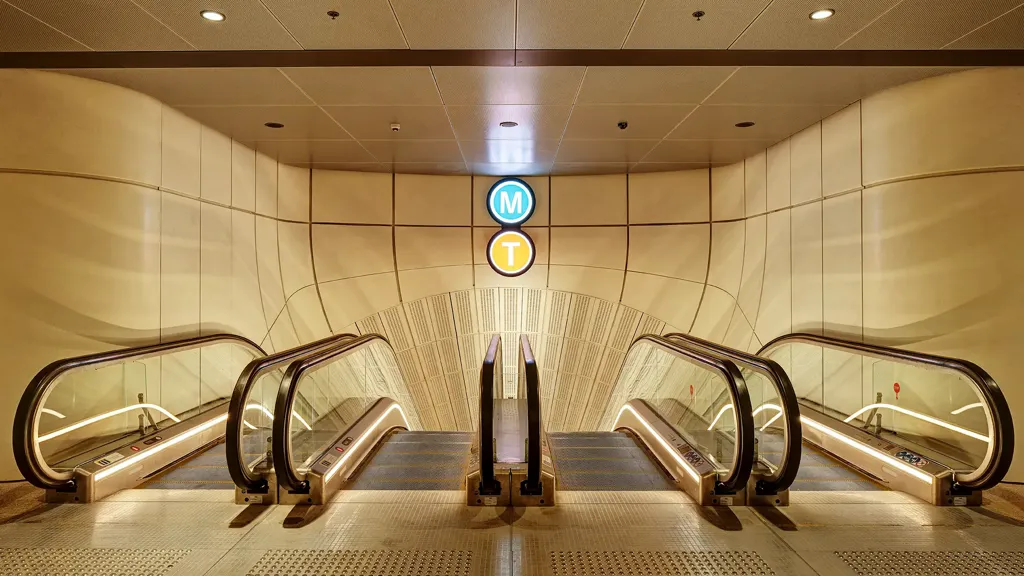Setting a new standard of sustainable housing with Bosco Verticale’s forest in the sky
Bosco Verticale

What we delivered
-
Design support of a biological habitat within a total area of 40,000m²
-
Structural stability for the apartments 900 trees, 5,000 shrubs and 11,000 floral plants on apartment terraces.
-
A green building that produces oxygen and absorbs CO2 to improve the surrounding environment.
Get in touch with our team
Bosco Verticale are two residential towers in Milan, in the Porta Nuova area that set a new standard in sustainable design. As a model for urban regeneration, the design creates a biological habitat within a total area of 40,000m.
The building’s vast greenery encourages energy production, produces oxygen and humidity, and absorbs CO2 and dust particles which improves the surrounding environment, creating a forest in the sky that is as beautiful as it is practical.
From compact two-room flats to penthouses and duplexes, the apartments’ main characteristics are the balconies that extend 3.35m outwards, and include a total of 900 cherry, olive and oak trees between 3m and 6m in height planted on the terraces up to the 27th floor, along with 5,000 shrubs and 11,000 flowering plants.
Our engineers delivered the structural and geotechnical design and provided consultancy services on acoustics, vibrations, ground-borne noise and tunnelling existing underground tunnels.
Mitigating the ground vibration
As the site lies above the M2 line of the Milan Metro system, Arup designed Bosco Verticale’s structures incorporating advanced solutions that helped mitigating the effects of the existing underground tunnels. Arup’s specialists assessed the existing tunnels with desk-studies, vibration surveys and in-situ tests to allow detailed analysis of the structure during planned construction. We analysed the tunnel behaviour for the direct effect of the new buildings, the construction of the diaphragm walls and excavation, and the indirect loading effect of the towers.
During construction, we monitored the tunnels to control any potential unexpected effects and to verify that the numerical predictions matched the real behaviour. Advanced design solutions were provided to counteract the effects of the two existing railway tunnels by means of a vibration base-isolation system for the main buildings, providing seismic protection.


Engineering the trees
Arup designed the structural stability of the apartment’s trees through the botanical analysis of the species and their geometry, a detailed wind climate assessment and two different wind tunnel test campaigns to discover how growing them at height would affect the building’s structure.
While the medium and large trees have a safety cable to prevent falling due to the trunk breaking, the largest trees in locations most exposed to the wind have a safety steel cage that restraints the root-bulb and prevents overturning during major storms.

Building in biodiversity
Once the trees were planted, some 1,200 ladybirds were released to help improve the site’s ecosystem.
Today, as residents go about their daily lives inside, the flourishing trees help improve air quality, provide shade and reduce noise pollution. Bosco Verticale is a great example of engineering, architecture and nature working together - and a great prototype building for a new format of architectural biodiversity which focuses not only on human beings but also on the relationship between humans and other living species.

Award wins
-
Best Tall Building in Europe by the Council on Tall Building and Urban Habitat 2014
-
International Highrise Award (IHP) 2014 for the world’s most innovative highrise building by the City of Frankfurt am Main together with Deutsches Architekturmuseum and DekaBank
-
International Highrise Award 2014 for the world’s most innovative highrise
-
Best Tall Building Worlwide 2015 by the CTBUH in Chicago
Projects
Explore more property projects

How can timber help to decarbonise housing construction in Africa?
Gatsby Africa, Kenya

Blending technology and artistry
Xi’an MixC, Mainland China

Technical design advice to ensure the functionality and viability of Dubai's new super slender skyscraper
Muraba Veil, United Arab Emirates

Designing Sydney’s first integrated station development
Sydney Metro Martin Place integrated station development, Australia
Get in touch with us
If you'd like to speak to one of our property experts about any of the issues raised on this page or a potential collaboration then please get in touch by completing the form.

